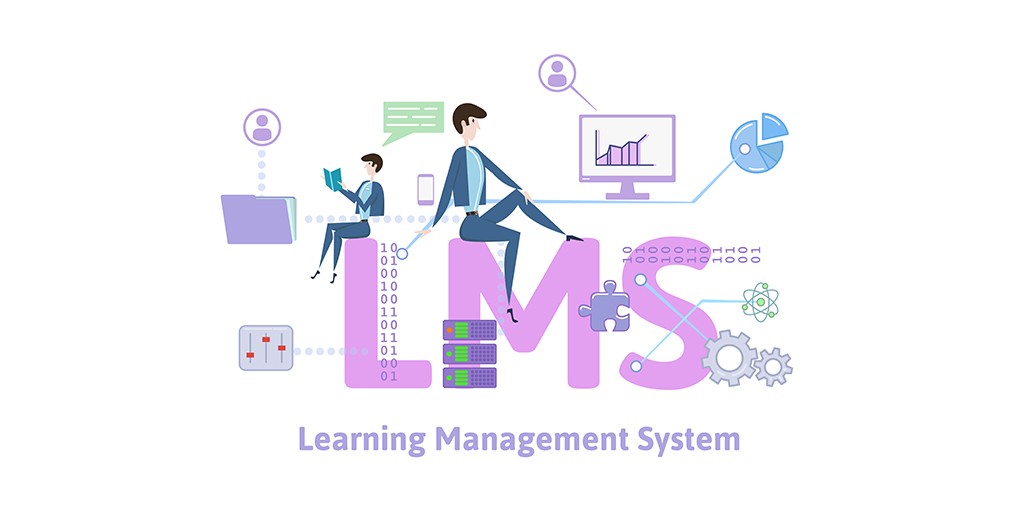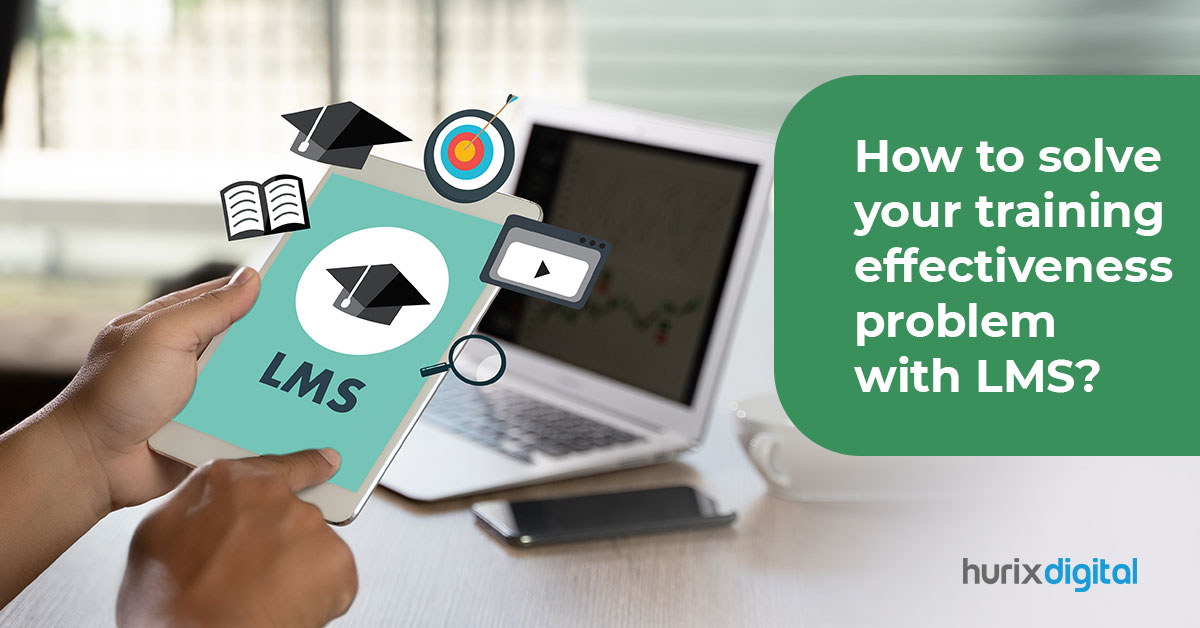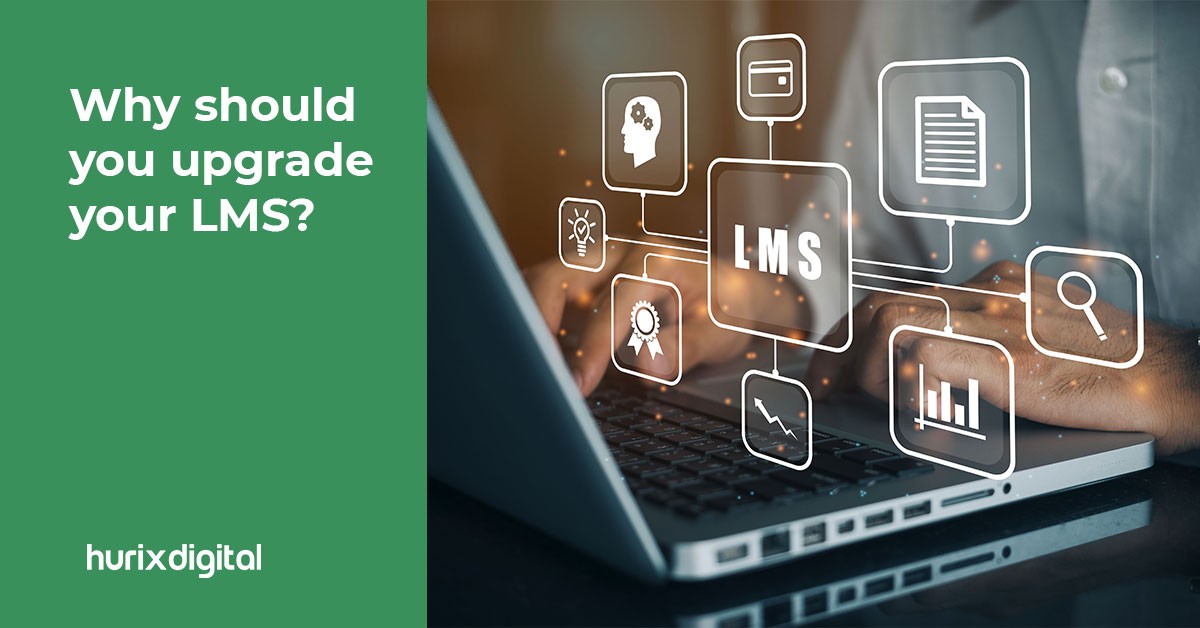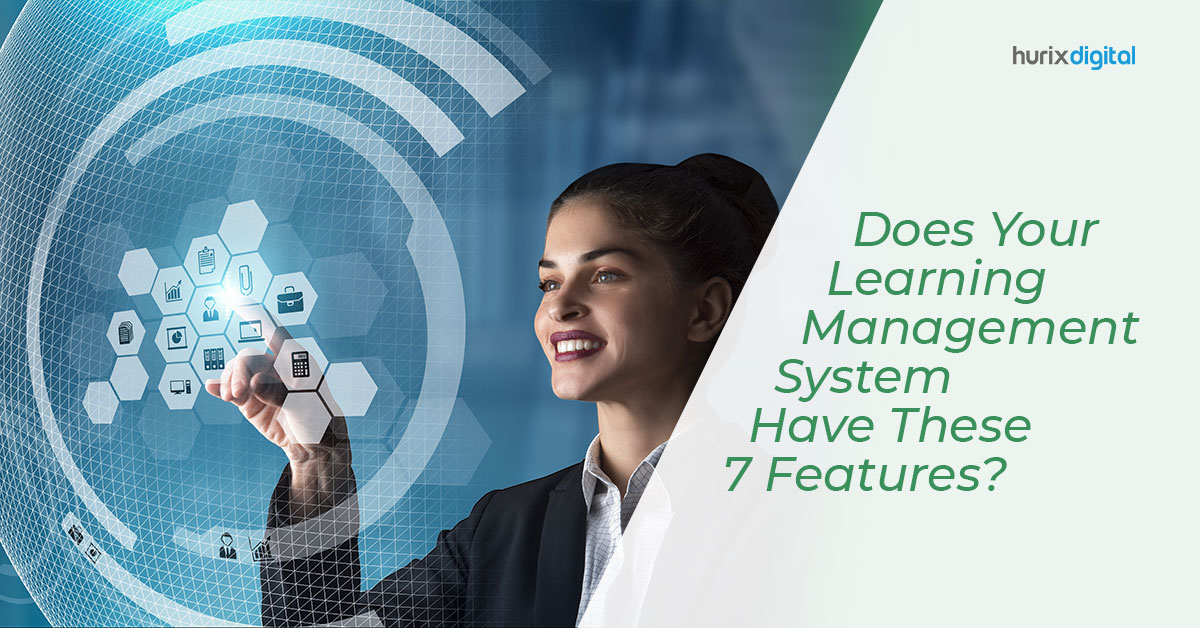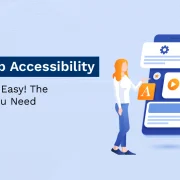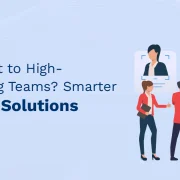
5 L&D Opportunities via LMS in 2025
Learning Management Systems (LMS) have become an essential tool for Learning & Development(L&D) professionals in recent years, as they provide various benefits that can aid in the effectiveness of their learning and development programs.
The tools and technologies that L&D professionals rely on to deliver effective training programs evolve in tandem with the world of learning and development. LMS services can assist L&D professionals in developing effective learning programs that result in better student and professional outcomes.
Also read: 5 Benefits of an AI-based LMS
The Global E-learning market, on average, grows at 14% annually. This blog will explore five key ways L&D professionals can leverage this annual growth via LMS solutions in 2025.
We’ll dive deep into the world of LMS and explore the many benefits these systems can offer L&D professionals.
Table of Contents:
- Five Ways To Leverage LMS Solutions in 2025
- How Can L&D Professionals Use LMS Solutions Effectively?
- Automated Course Administration and Tracking
- Conclusion
Five Ways To Leverage LMS Solutions in 2025
In 2024, we are seeing a shift towards new trends in education and training that are catching on and proving effective. Here are five trends that will be big in 2025, and L&D professionals can capitalize on using LMS.
1. Microlearning
Microlearning is a way of delivering small, bite-size chunks of information that can be easily consumed and retained by learners. It involves breaking down complex topics into manageable pieces and providing them in short, interactive, and mobile-friendly modules.
The modules can be completed in a few minutes and accessed on the go.
L&D professionals can leverage an LMS solution to create and deliver microlearning modules, track employee progress, and provide analytics on how well the content is being received. The LMS also offers quizzes, assessments, and progress monitoring to ensure employees or students effectively retain the information.
L&D professionals can also include gamification to improve overall interest and interactivity.
2. Artificial Intelligence
AI is becoming increasingly prevalent in L&D and can personalize the learning experience, provide adaptive feedback, and automate administrative tasks. An LMS can be integrated with AI to provide personalized and adaptive learning paths.
For example, an LMS can use machine learning algorithms to analyze an employee’s performance data and recommend specific training modules based on their strengths and weaknesses.
LMS can also provide personalized feedback to employees on their performance. AI can also automate administrative tasks such as tracking employee progress, providing analytics on the effectiveness of training programs, and identifying areas where additional training is needed.
Also read: Why do we need an AI-Based Recommendation Engine in an LMS?
3. Virtual and Augmented Reality
Virtual Reality (VR) and Augmented Reality (AR) can be used to create immersive and interactive learning experiences that are more effective than traditional learning methods.
L&D professionals can leverage this technology to create simulations, virtual tours, and other interactive content that can be delivered via an LMS. For example, VR can simulate real-life scenarios that employees might encounter on the job, such as customer interactions or emergencies, and train them to deal with each accordingly.
In addition, LMS can be used to track employee progress and engagement with VR and AR content and provide analytics on the effectiveness of the training.
4. Video-Based Learning
Video-based learning is becoming increasingly popular as it allows for the delivery of engaging and interactive content. L&D professionals can use an LMS to create and deliver video-based content, such as video lectures, demonstrations, and webinars, and track employee engagement with the content.
Video-based learning can also create interactive and engaging e-learning courses, which employees can access and complete at their own pace. In addition, an LMS service can be used to track employee progress and provide analytics on the effectiveness of the training.
5. Social Learning
Social learning is becoming an increasingly important part of Learning & Development in modern times. An LMS service can facilitate social learning by providing features such as discussion boards, chat rooms, and peer-review assignments.
This allows employees to learn from each other and collaborate on projects and tasks.
Additionally, L&D professionals can leverage social media integration to provide employees access to a broader range of learning opportunities and resources.
An LMS can also provide analytics on employee engagement, participation, and effectiveness of social learning initiatives.
Also read: Why Integrating IoT Technology into Your LMS is the Future of Learning
How Can L&D Professionals Use LMS Solutions Effectively?
L&D professionals can also use LMS solutions to improve the overall learning experience and effectiveness of the training programs and educational materials they create. Some of the ways they can do this are given below.
Automated Course Administration and Tracking
One of the advantages of an LMS service is that it can automate many administrative tasks associated with course delivery. This includes tracking progress, assigning grades, and providing access to course materials.
This automation can save L&D professionals a significant amount of time and allow them to focus on more strategic tasks such as curriculum development, instructional design, and evaluation of the learning program’s effectiveness.
1. Personalized Learning
LMS can provide students and professionals with a more personalized learning experience.
For example, L&D professionals can use the system to create customized learning paths based on an individual student or professional’s needs and abilities or to provide adaptive learning experiences that adjust to the performance in real time. This allows the L&D professionals to cater to the diverse learning needs of everyone using their training programs and educational materials.
Personalization can also increase engagement and motivation, leading to better learning outcomes.
2. Improved Collaboration and Communication
An LMS can serve as a central hub for learning and collaboration, allowing students or professionals to connect and their instructors in various ways. This can include online discussions, collaborative projects, and peer-to-peer feedback.
This enhances the learning experience and develops soft skills, such as communication and teamwork.
3. Data-Driven Insights
An LMS can provide a wealth of engagement, progress, and performance data. L&D professionals can use this data to identify areas where individuals struggle and adjust their instruction accordingly.
This data-driven approach can also help in the evaluation of the effectiveness of the learning program and make necessary changes to improve it.
4. Flexibility and Scalability
An LMS can provide the flexibility and scalability needed to meet the learning and development needs of a large and diverse student population. This can include self-paced learning, mobile accessibility, and support for many multimedia formats.
This allows the L&D professionals to reach a larger audience and provide learning opportunities to students with constraints such as location or schedule.
Conclusion
LMS solutions are a potent tool that can help L&D professionals to achieve their goals in 2025 and beyond. By automating administrative tasks, providing personalized learning experiences, fostering collaboration, providing data-driven insights, and being flexible and scalable, an LMS can help L&D professionals to create effective learning programs that lead to better outcomes for anyone and everyone looking to improve their skills.
Are you looking for a powerful and user-friendly Learning Management Solution (LMS) to help you deliver effective learning and development programs? Then, look no further than Hurix Digital’s LMS. Our LMS is the perfect tool for L&D professionals looking to take their efforts to the next level.
Take advantage of this opportunity to revolutionize your L&D efforts! Try Hurix Digital’s LMS today!

Vice President & SBU Head –
Delivery at Hurix Technology, based in Mumbai. With extensive experience leading delivery and technology teams, he excels at scaling operations, optimizing workflows, and ensuring top-tier service quality. Ravi drives cross-functional collaboration to deliver robust digital learning solutions and client satisfaction

